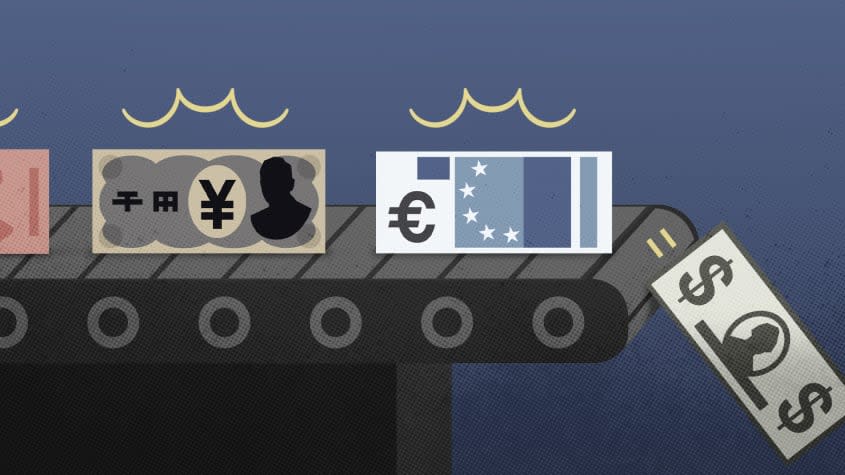The quick economic recovery we were promised isn't coming

In the initial weeks and months of the COVID-19 pandemic, economic forecasters talked of a V-shaped recovery — a quick bounce back roughly to where we were before lockdowns and quarantines became the order of the day. We'd shut down much of the world, but things would return to normal as soon as we opened back up.
It turns out recovering economically from a pandemic is more complicated than we thought.
On Tuesday, the International Monetary Fund (IMF) lowered its growth forecasts, just modestly for the world as a whole (from 6 to 5.9 percent), but more substantially for the advanced economies of the United States (6 percent instead of 7), Germany (3.1 percent instead of 3.6), and Japan (2.4 percent instead of 2.8).
The cause? There are several: The highly contagious Delta variant of the virus has put a damper on the speed of economic recovery; as demand has surged back to pre-pandemic-levels, it has contributed to rising inflation around the world; and, relatedly, supply-chain bottlenecks are slowing the delivery of goods to producers as well as consumers.
The IMF forecasts supply-chain problems will ease over the next year, opening up the possibility of more robust growth down the road. But there remains the problem of low vaccination rates in the developing world, which could well create a two-track global economy and a more persistent and longer-lasting slowdown.
And that shows that the world — very much including the U.S. — remains in an economically precarious place. The V-shaped recovery hasn't materialized. What we've had, instead, is a partial bounce-back. That's helped us to avoid a worldwide depression. But it's left us in painfully familiar territory resembling the slow recovery that followed the 2008 financial crisis more than it looks like what most analysts expected 18 months ago.
The reasons for the 2008 and 2020 downturns and the slow pace of each recovery are very different, but the effect is similar: an initial sharp drop in growth and employment followed by a partial bounce back that stalls out, with a full return to baseline taking years. That kind of recovery looks less like a V than it does a square-root symbol or a Nike swoosh.
Whatever we choose to call it, it's not especially encouraging. Our recovery from the pandemic still has a way to go.
You may also like
Madonna makes Jimmy Fallon sweat, remove coat in 'disturbed' interview
Texas GOP gubernatorial candidate Allen West hospitalized with COVID-19
No. 2 House Republican Steve Scalise slammed for refusing to say 2020 election wasn't stolen

